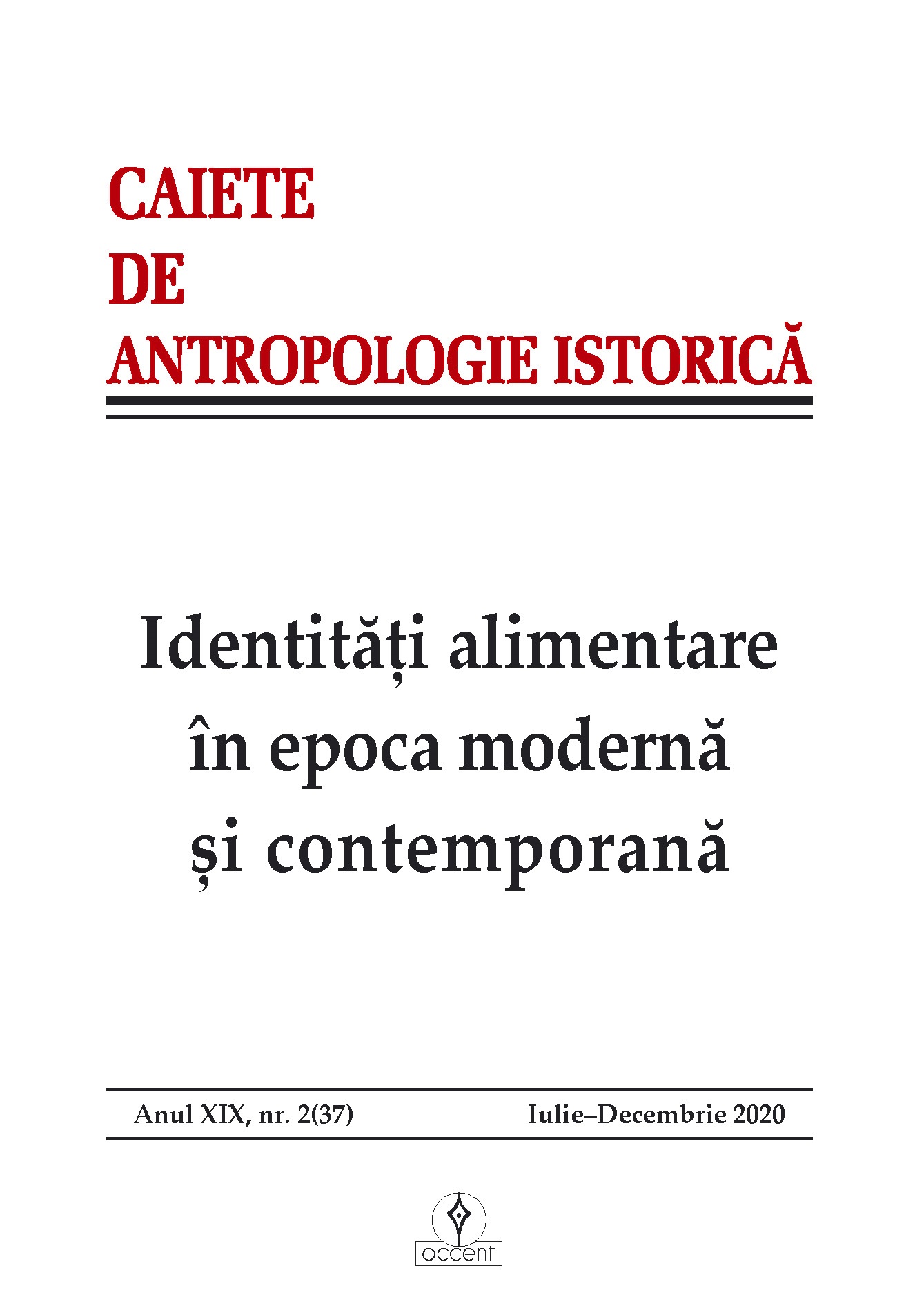Iuliu Moisil – organizatorul primei Școli românești de Ceramică
Iuliu Moisil – organizer of the first Romanian School of Ceramics
Author(s): Lavinia MoldovanSubject(s): Cultural history, Visual Arts, Local History / Microhistory, Social history, Recent History (1900 till today)
Published by: Accent Publisher
Keywords: Iuliu Moisil; cultural movement; ceramics school; Târgu Jiu; decorative art;
Summary/Abstract: The history of the first Romanian school of ceramics, founded in Târgu Jiu, bears the signature of Iuliu Moisil (1859-1947), a Transylvanian academician, born in Năsăud in the family of the vicar Grigore Moisil. Iuliu Moisil, a prominent personality of the Romanian culture, belonged to a generation that turned its noble origins into a duty to serve everything that represented the history, education and culture of its people. After living for 8 years in Slatina, Iuliu Moisil arrived in Târgu Jiu in February 1894. He was first a teacher and then director of the "Tudor Vladimirescu” Gymnasium in Târgu Jiu. Together with a solid group of intellectuals, including engineer Aurel Diaconovici, artist Witold Rolla Piekarskhi, professor Alexandru Ștefulescu and others, Iuliu Moisil launched a wide cultural and economic movement whose echo far exceeded the borders of the region. This movement included the organization and opening of the first Romanian pottery school, a pioneering initiative of the engineer Diaconovici, with the support of the Minister of Public Instruction, Dr. C. I. Istrati. Organized in two elementary and artistic sections, the school was voluntarily coordinated by teachers from the Târgu Jiu Gymnasium, by the stained glass painter Iohan Wirnstl from Vienna and the sculptor Iohan Schmidt Faur from Zalim, two great artists who came to Jiu to teach specialized disciplines. Inaugurated on October 9, 1900, the Ceramics School from Târgu Jiu, whose purpose was to create and organize the ceramics industry in the country in a systematic and artistic way, “so that in the near future no foreign vessels will be imported from abroad..., faience and porcelain”, but also to provide new sources of income for peasants, exceeded all the expectations of its founders: the graduates of the first promotion would be involved in this field (at the Cotroceni faience factory, at the School of Decorative Arts and at the School of Visual Arts) and the school became autonomous. The participation in the national exhibitions in Bucharest and Sibiu from 1903-1906 brought gold medals to the school. The most important aspect was that Iuliu Moisil, through the School of Ceramic Art, supported the schooling of children from low-income families, children from Gorj, but also from other parts of Romania. He continued his support even after leaving Târgu Jiu in 1905. He offered them suggestions and advice, material support and scholarships to continue their training in Germany at the Sonnenberg School. On July 1, 1905, Iuliu Moisil handed over the management of the Ceramics School to the new director Andronescu and left for Bucharest. During the First World War, the Ceramics School in Târgu Jiu was evacuated, and the students were sent to hospitals as scouts. However, Moisil remained an enthusiast of pottery, publishing the work “Decorative Art in Romanian Ceramics” in 1931, which was praised by the historian Nicolae Iorga.
Journal: Caiete de Antropologie Istorică
- Issue Year: 2020
- Issue No: 37
- Page Range: 130-144
- Page Count: 15
- Language: Romanian

